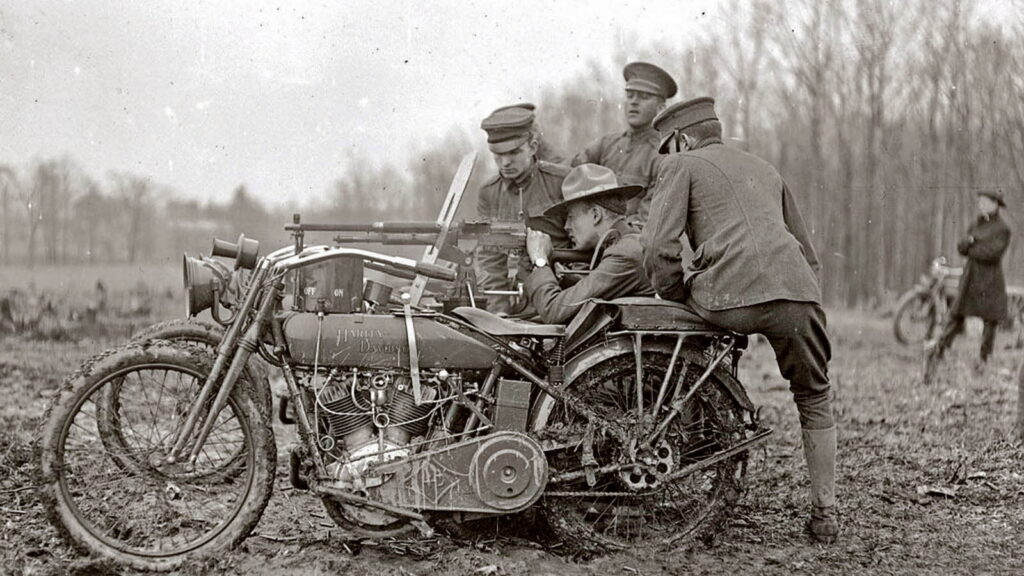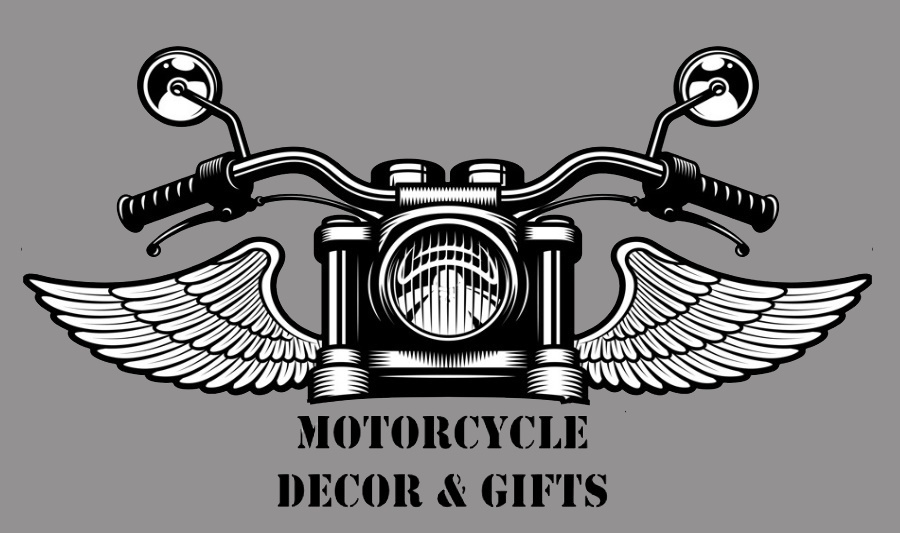The rumble of motorcycles wasn’t just a symbol of American rebellion in the early 20th century. During World War I, it became a powerful soundtrack to the battlefields of Europe, with Harley-Davidson motorcycles playing a crucial role in the Allied effort. These weren’t your typical chrome-and-leather cruisers; they were rugged, olive-drab machines dubbed “Silent Steeds” for their ability to move troops swiftly and quietly through the trenches and shell-blasted landscape.
Before America’s entry into the war in 1917, motorcycles were already proving their worth in European armies. Their agility and speed made them perfect for reconnaissance, communication, and dispatching urgent orders. Harley-Davidson, with its established reputation for durability and power, quickly became a top contender for supplying the U.S. military.
The company rose to the challenge, modifying their civilian Model 11 “F-head” into the Model J – a lean, mean war machine. Features like a reinforced frame, knobby tires, and a sidecar for carrying ammunition or additional soldiers made the J ideal for the harsh conditions of the Western Front. Its powerful 61-cubic-inch engine could reach speeds of 55 mph, allowing troops to outmaneuver enemy lines and deliver messages under fire.
Over 20,000 Harley-Davidson J motorcycles were shipped across the Atlantic, forming the backbone of the American motorcycle corps. These “Iron Horses” served in diverse roles:
- Reconnaissance: Skilled riders weaved through no-man’s-land, scouting enemy positions and relaying vital information to commanders.
- Messenger duty: Delivering orders and updates between battalions and command posts, often dodging artillery fire and sniper bullets.
- Ambulance service: With a sidecar stretcher attached, these motorcycles became a life-saving innovation, rescuing wounded soldiers from the battlefield under heavy fire.
- Troop movement: Motorcycle battalions carried soldiers rapidly to strategic points, allowing for surprise attacks and flanking maneuvers.
The impact of Harley-Davidson in WWI went beyond its practical advantages. These motorcycles offered a glimmer of hope and mobility in the otherwise static and bloody war. For American soldiers accustomed to vast open spaces, the J brought a taste of their homeland, a reminder of freedom and speed amidst the trenches and devastation.
Stories of motorcycle heroes abound: young riders braving enemy fire to deliver crucial messages, mechanics keeping bikes running under shellfire, and dispatch riders risking their lives to get orders through. One such story is that of Corporal Eddie Rickenbacker, the future aviation legend, who used his Harley-Davidson to scout enemy positions and rescue wounded comrades, earning him the Distinguished Service Cross.
Even after the war’s end, Harley-Davidson’s contribution remained etched in memory. Many motorcycles returned home with their riders, forever bearing the scars of battle. Some went on display in museums, while others became prized possessions, a tangible reminder of service and sacrifice.
Harley-Davidson’s involvement in World War I wasn’t just about selling motorcycles; it was about playing a vital role in securing freedom and democracy. The roar of their engines became a symbol of American ingenuity, courage, and resilience, forever weaving itself into the fabric of history. So, the next time you hear the thunder of a Harley-Davidson, remember its legacy – not just as a symbol of freedom on the open road, but as a silent steed that galloped through the ashes of war.

